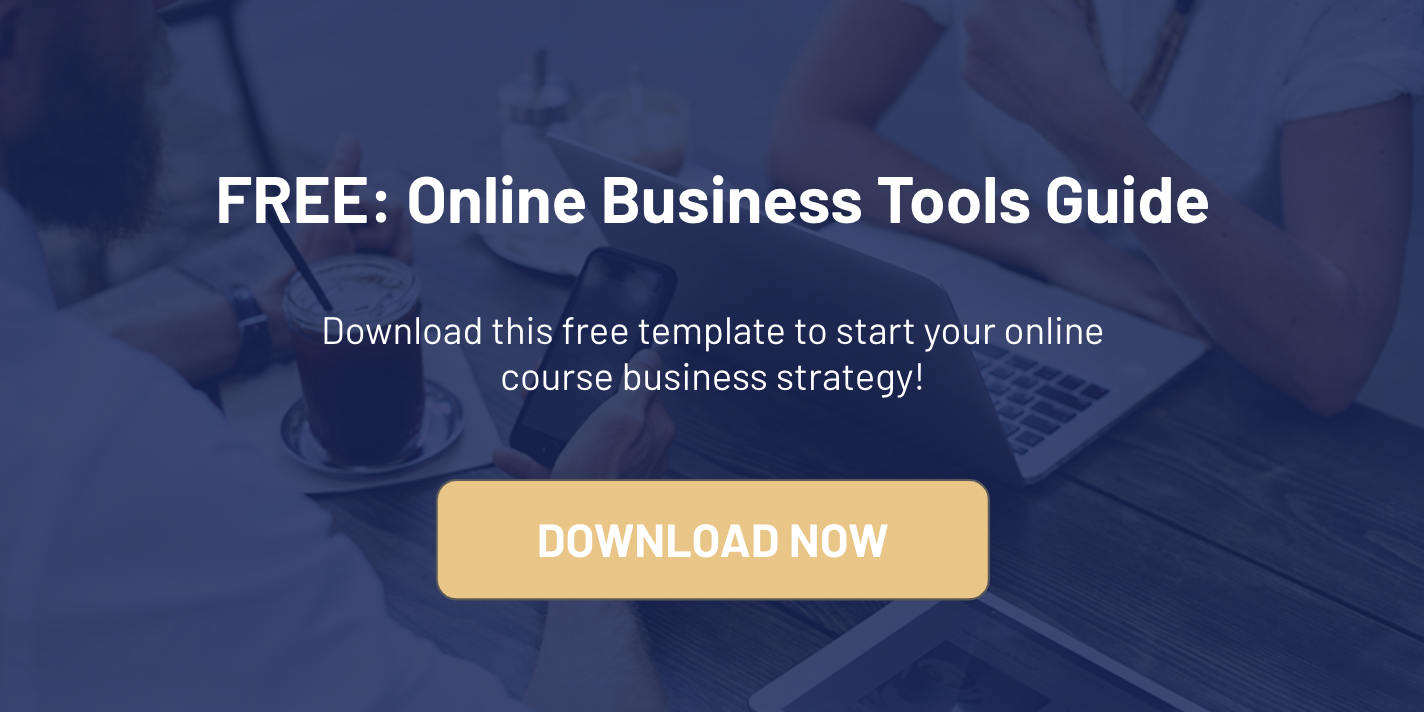As an entrepreneur, delivering great client experiences is the bedrock to your business success.
So how do you create automated systems to save time, without appearing transactional with your clients?
We talked to Greg Hickman, the founder of System.ly to learn strategies for creating more leverage. Greg helps business owners productize their services, systemize their client journeys, and hone in their fulfillment processes.
Watch the below video to hear all of Greg’s insights on streamlining a client journey for scale!
What is a client journey?
Before going to make any changes in your business, let’s make sure we’re on the same page about what a client journey is.
A client journey is the entire process that clients travel through, from not knowing who you are to becoming aware of your services. Hopefully, they go on to become a paying client, and start referring you to other clients. Each of these stages should be considered when looking at your client journey.
Streamlining this process has a few benefits. First, you’ll increase the chances of your clients buying into what you have to offer, and experiencing meaningful impact. Second, you’ll be saving yourself time in your business, freeing up capacity to grow in other areas. Let’s look at how to do this in the next section.
Great interview with @gjhickman on how to streamline your client journey, save time and scale your business #automation #scalingup Click To TweetHow to streamline your client journey
The first thing you need to do is simplify the offer you’re selling.
As service-provider, it’s common to have a menu of services with the goal of providing different ways for people to engage with you. If you’re a coach, you may also act as a consultant, online course creator, or mentor.
But if you serve up this same, varied menu to a potential prospect, it will be very difficult for you to communicate a clear message about who you are, who you help, and the results people should associate with you. Using this general approach also make sit very difficult to hone in your client journey.
So, get very specific on the outcome you can provide for your client. You should be able to describe who you serve, and examples of how you’ve led others to their desired result.
“Getting specific on who you serve enables you to go to market with a spear, instead of a big fishing net. Rather than reeling in the masses and hoping one will transpire into a potential client, go out with intention. Then you can start to streamline your client journey for scale.”
– Greg Hickman
Tips for a streamlined appointment funnel
Whether you call it a consultation funnel, a sales funnel, or even an appointment funnel, your funnel is the mechanism that gets people through your door and onto your calendar. Here are some tips from Greg on elements you can add into your funnel to help you save time:
Questionnaire and calendar link
As a coach, you likely know the feeling of wasting time talking to the wrong client. To help prevent this, include a simple questionnaire or application for your client to fill out before getting on the phone with them.
Set up an account with a scheduling tool like Calendly, and send that link around to every client along with the questionnaire. This helps you maintain control over when your meetings happen, and streamlines your first point of contact with a prospective client.
Pre-call content
For many service providers, the first five to ten minutes of every sales conversation is quite repetitive. A way to get around this is to create a touch point communicating key information to your prospect before you jump on a call with them.
This could include how you work, boundaries, or any expectations you want to set at the outset. Sending either an email, or a video of you explaining key things on camera both work well.
By the time they’re done consuming this content, your prospect will be faced with a choice: they will either click through to the next step and progress further down your funnel, or they will opt-out. You want to make it really easy for them to know whether they’re a good fit. It will save you both plenty of time and energy in the long run.
Set your price up front
If you have a specific price point that you don’t want to compromise on, include the price up front, either in your pre-call content or on the call. Even if you work within a range, it’s good to inform prospects at this point in the journey to act as another filter in your client journey.
Using these elements in tandem will help you save a ton of time, better prepare your potential clients for a sales call, and ultimately help your conversion rates go up.
For more details and examples on how to streamline a funnel, watch the video above!
Challenges to automating your processes
Before we jump into how to automate, here are some common points of friction that hold business owners back from creating more leverage through systems.
Overcomplicating processes
To automate your systems, you don’t necessarily need a ton of fancy tools. In fact in many cases, the less you complicate things, the better. While webinars and chatbots may be enticing, many of the best sales funnels are in fact very simple.
“Many 7-figure businesses have one thing in common – they overcomplicate their processes. If you work on building a great consultation funnel and direct all your marketing activities there, you often don’t need anything beyond that.”
– Greg Hickman
So, focus on doing less, and get really good at doing it.
Not wanting to niche down
If you’re not ready to make the decision to sell less to more a specific persona, you’re going to have a hard time streamlining your process. Don’t be afraid to get specific on who you plan to serve. Making this decision can be a turning point for your business, as you’ll start to grow a more cohesive audience.
Automating before you’ve done the task
Do not try to automate something until you’ve already done it yourself. Doing this is a recipe for disaster, since knowing the inner workings of a task or process is critical to being able to set up an automation that doesn’t sacrifice client experience.
You want your funnel to feel personal, not like a series of transactions. Don’t let automation allow you to fall into autopilot!
Tips to automating your process
Automation doesn’t pertain to any particular tool or function. Rather, it means freeing you up to not do tasks that you used to, by way of hiring or adding tools into your process.
To decide what to automate, think about how many times you’ve done a certain task. If you do something more than three times in a day, it’s probably a good task to automate.
Create a ‘process map’ for yourself, noting everything you do from start to finish with a client. Look for repeating tasks, and go into the details of each phase of your workflow. Taking this step back, will help you get a full picture of how you’re spending your time, and where you can minimize waste.
Once you have an idea of areas you can streamline, you have a few options to get started. Here are some common ways to add automation into your business:
Scheduling software
Adding scheduling software into your workflow is a great place to start. This makes it easier to book appointments and get people onto your calendars faster, since it eliminates the back and forth conversations that would otherwise take place.
Almost all scheduling software will send reminders in advance of the meeting, minimizing rescheduling. Do your research and find the right scheduling program for you, and you will save yourself an exponential amount of time moving forward.
Hire someone to help you
If technology isn’t your thing, hire someone to help you set up automation in your business.
For example, you could have someone go through your course application responses, and chat with each respondent about their needs and goals. Have them handle all the meeting set up, and correspondence for onboard clients.
Questionnaires
Another great automation tool is having your clients fill out a questionnaire once they’ve expressed interest in investing in what you have to offer. This questionnaire can help sort through your clients, put them into subcategories, and redirect them to the next step that’s right for them. This is particularly great when it comes to discussing price points, as you can offer different services for different budget types.
Making these simple changes can enable you to take on two or three times the number of clients you currently serve, and get back more time for other areas of your life.
Watch the video above for even more tips, like knowing when you should hire someone, and how to hone-in your sales funnel while retaining clients.







